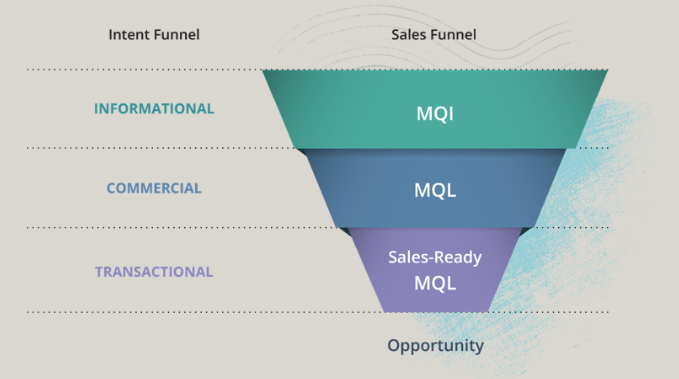B2B Content Marketing Guide, Part 5: Organic Lead Generation for B2B
This is part 5 of a 6-part series on B2B content marketing. Part 1 explores why content marketing is essential for B2B. Part 2 covers audience research, followed by part 3, which explains how to create content. Then part 4 covers paid media strategy, and this part covers organic strategy. Lastly, part 6 reviews the crucial importance of the marketing-sales handoff.
B2B marketing relies on a culmination of various strategies and techniques to be successful. There’s no one “right” way that it should be done. We find that the best way to do organic lead generation for B2B is to leverage the content you already have to bring in organic traffic.
Do you want all the details on effective B2B marketing (including organic lead generation for B2B)?
Organic Lead Generation for B2B Starts with SEO
Search engine optimization (SEO) is a strategy that combines writing and web coding to create content that is easily read by search engines, so they deem it “useful.” In addition, using SEO helps drive leads organically, meaning you don’t directly pay for them like on other platforms.
HubSpot defines SEO as:
“[The] techniques that help your website rank higher in search engine results pages (SERPs). This makes your website more visible to people who are looking for solutions that your brand, product, or service can provide via search engines like Google, Yahoo!, and Bing.”
When most people think of SEO, they think of keywords, which isn’t wrong. However, to implement an effective SEO strategy, consider search and buyer intent as part of your keywords (and how that all plays into the sales funnel). A basic sales funnel has three stages, and your SEO strategy will change depending on which is being targeted:
| Phase | Informational | Commercial | Transactional |
| What it is |
|
|
|
| Why it matters |
|
|
|
| Keyword recommendations |
|
|
|
| Extra Tips |
|
|
|
Then, Lead Generation for B2B Ties into the Sales Funnel
Google states that the best way to get high search rankings is to:
“Be there, be useful, and be quick.”
So that means, regardless of where customers fall in the sales funnel, you want to be there when they search. Create optimized content that can be helpful at every stage of the sales funnel.
- “Be there” by doing in-depth keyword research to determine quality keywords at each funnel stage.
- “Be useful” by analyzing SERPs to understand what Google considers the useful content people need, then optimize accordingly.
- “Be quick” by writing content that is straight to the point, and improve technical SEO with fast load times and strong UX.
Putting It All Together for Organic Lead Generation for B2B
Offer a Matching CTA with Every Blog to Drive Conversions
Every SEO blog post is a possible entry point for a new prospect. Don’t waste that opportunity! Answer the questions they asked, and you are likely to be rewarded. The best method is to offer a downloadable content piece that provides more information on the topic they are learning about in the blog. If there’s no asset to offer, then at least give them an opportunity to contact you right on the page with an embedded form or chat window (and, in the meantime, get started on those larger assets).
We see conversion rates up to 20% when matching the right offer with the right content/keywords.
Think we’re done? Think again – now it’s time to enrich those leads!
Read Part 6
Or, download our comprehensive B2B content marketing guide:
Or, if you’re ready to get started with B2B content marketing:
- Medical Marketing SEO: Using SEO to Target Doctors and Healthcare Professionals (+ Checklist) - December 4, 2023
- Marketing to Dentists: How to Market to Dentists - August 8, 2023
- HCP Marketing Trends 2023: 23 HCP Marketing Stats for 2023 - November 30, 2022




